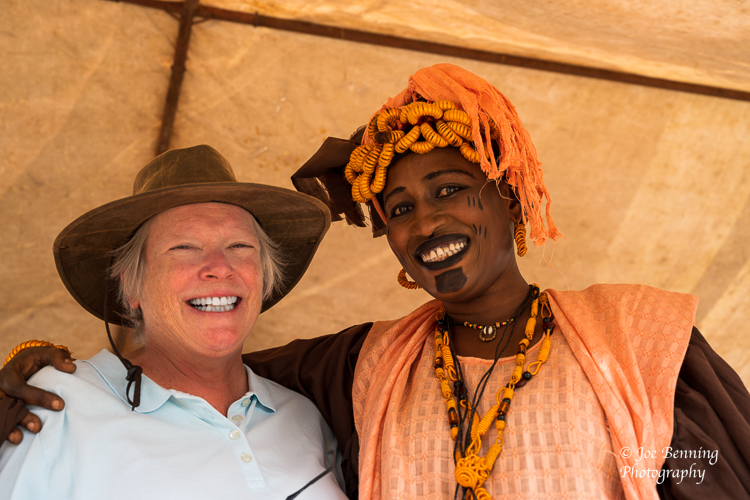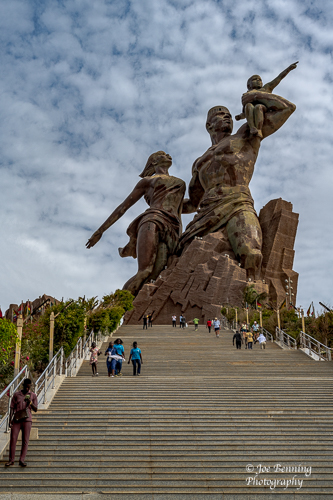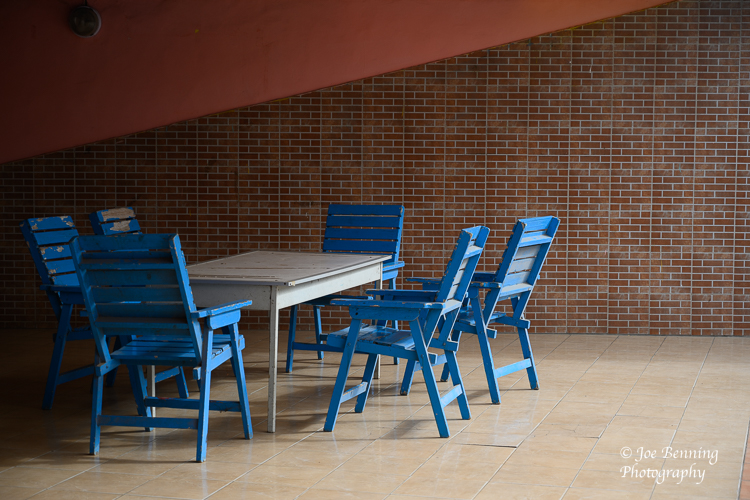Dakar, Senegal
May 20, 2023
On May 19 we docked in Senegal, officially known as the Republic of Senegal. The ship’s captain reported today that we are currently in the process of exiting an area known for the highest risk of attack by pirates, which in its own way is sort of comforting.
Now to Senegal
With an estimated population of about 17 million people, Senegal is classified as a heavily indebted poor country. Per Capita GDP is estimated at slightly over $4,000. Its government is secular even though 95% of the population is Muslim.
Islam as practiced in Senegal seems to be a rather low key affair, especially when compared to the strict application of Sharia law in Islamic states. (Senegal has a secular Government). The country is said to peaceable; according to our guide, the promotion of peace and harmony is the order of the day. He also claimed that Senegal stood for equality for women. That has to be taken with a grain of salt inasmuch as polygamy is legal in Senegal, and not that unusual. The National Institutes for Health estimates that 48% of women and 32% of men are in polygamous unions in Senegal.
Although classified as a poor and highly indebted country, Senegal appears to be in a lot better shape than some, actually a lot, of the other countries we visited in Africa. For example, Senegal’s per capita GDP is about double that of Sao Tome and Principe; more than double Madagascar’s, triple Mozambiques’s and 1.5 times Togo’s. All comparisons are adjusted for purchasing power.
Mary Anne and I visited Senegal and did a half day tour of Dakar, the capital. It certainly didn’t seem so poor as some of the other countries we visited; not by a long shot. It had its relatively affluent sections as well as poorer areas. We did see some dilapidated shacks, but they were not routine the way they appeared to be in other places.

There also appeared to be a thriving urban scene in the capital. As usual, the people in the country were very friendly.
Among other things, we visited a village with a tour group. There the women performed native dances for us. We guessed that only the women danced because they don’t mix the sexes for dancing because it’s largely a Muslim country. Or maybe that is just the tradition. Then they invited women in the audience to join in—and Mary Anne turned out to be one of the volunteers!


We also visited a gallery where they showed us how to create sand art. (Note we are getting close to where the sand from the Sahara will blow all over us if the wind changes direction.) We saw the presidential palace, which they call the Senegal White House. And we visited the African Renaissance Monument and a couple of local markets, including ones with large catches of fish. There were also plenty of goats and cows wandering around (Friday would be the day to slaughter a goat for the Islam holy day). We also did a very quick stop at the Divinity Mosque.


Before too long we expect to dock in Cape Verde. Then we sail to islands claimed by Spain (for instance Tenerife and the Canary Islands). The African Union has announced that these islands are African territory. That is starting to sound a bit like the Falklands in the 1980s. Anyway, overall it was a very interesting visit.
JFB
